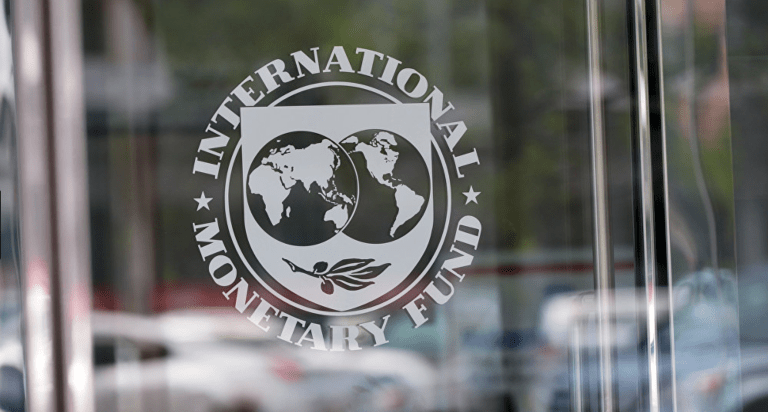African swine fever outbreaks in pigs in the EU are falling
The report also reveals that the number of EU Member States affected by ASF declined for the first time since 2014, from 14 to 13, with Sweden becoming free from the disease and no new country reporting infections.
Looking at the broader picture, most Member States were affected by sporadic outbreaks of ASF, while Romania accounted for 66% of the total EU number of outbreaks. Most of the outbreaks (78%) occurred in establishments with fewer than 100 pigs.
The number of outbreaks in wild boar has remained stable since 2022. EFSA’s annual report indicates that 30% of all outbreaks in wild boar were reported by Poland.
In 2024, affected Member States analysed an increasing number of domestic pig samples from passive surveillance The reporting and investigation of increased mortality, other signs of serious disease or significantly reduced production rates with an undetermined cause in a targeted animal population activities. This type of surveillance consists of investigating suspected cases of the disease, resulting in the detection of around 80% of ASF outbreaks among domestic pigs and 70% of wild boar outbreaks in the EU.
EFSA’s scientists recommend affected Member States to continue focussing their monitoring efforts on passive surveillance. They also recommend that, in areas and times considered to be of risk, the systematic sampling of dead pigs (enhanced passive surveillance) should continue to ensure early detection of the disease.










